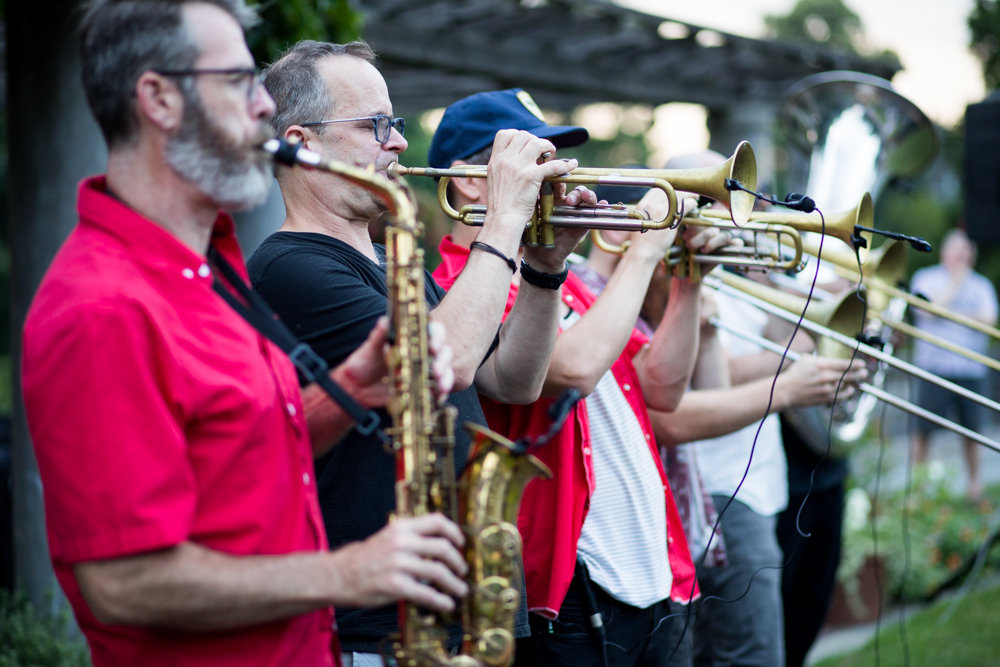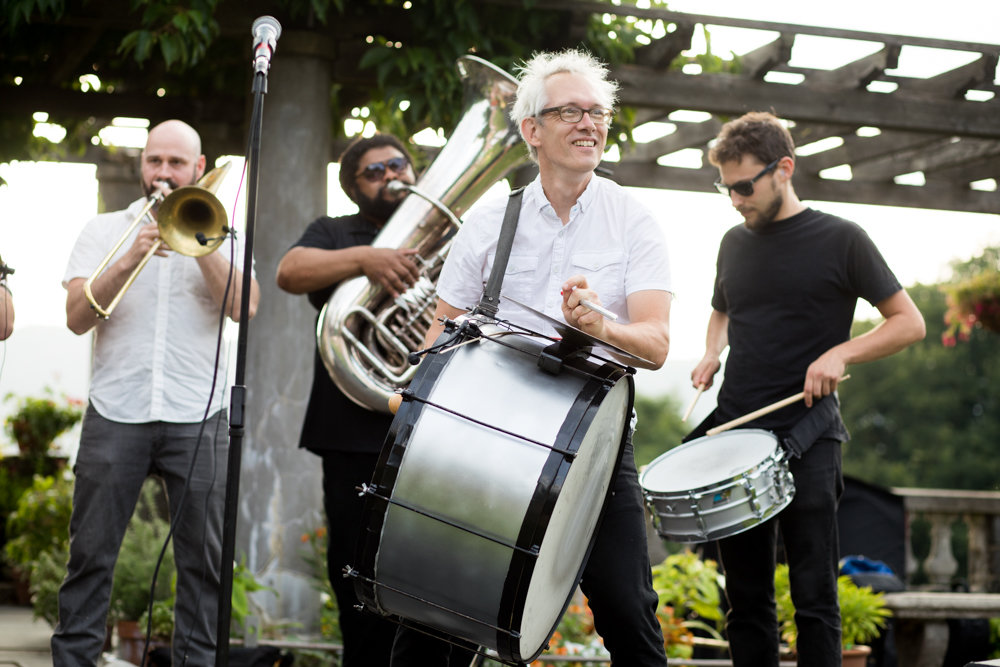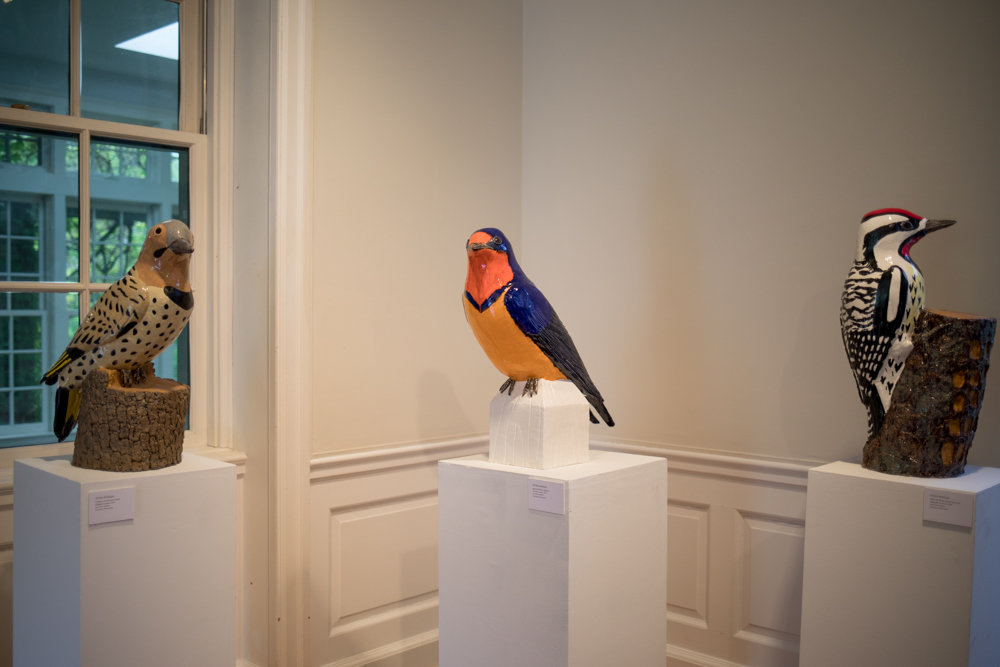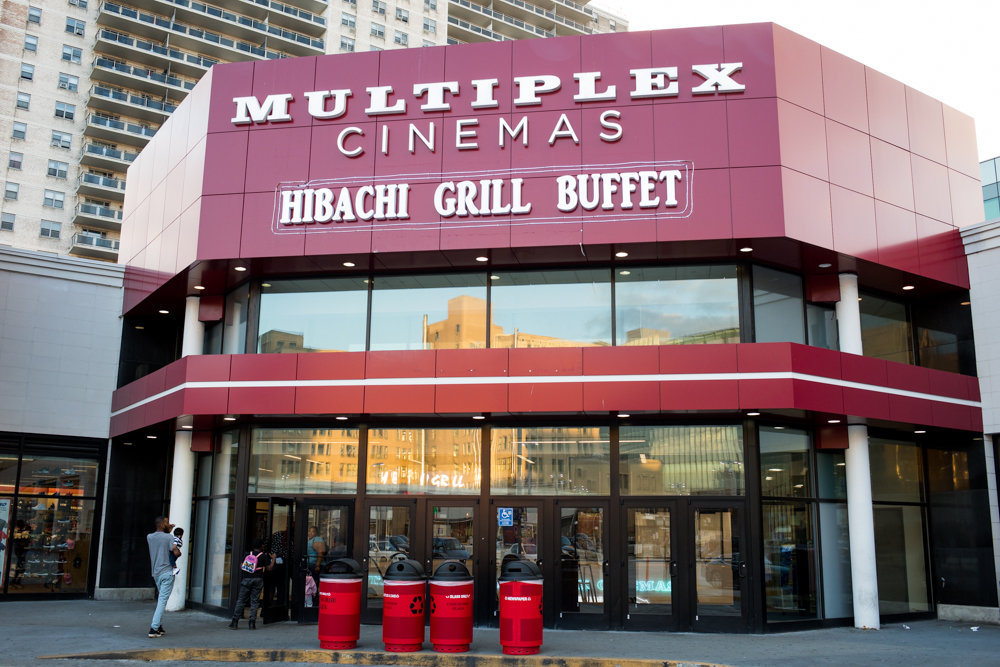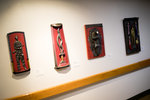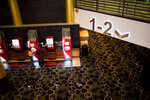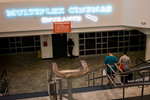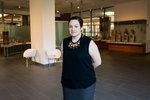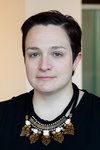The Bronx still beckons with cultural offerings and just plain fun
Once upon a time, kids devoured egg creams whipped up in luncheonettes, as if it was written right out of an “Archie” comic book. Theaters welcomed ticket-holders to the latest offering from Hollywood. And that bestselling novel wasn’t just at the local library, it was at the local bookstore, too.
It was a pulse of the area that thumped much differently in years past, from the Riverdale Cinema, to Kelton’s Ice Skating Rink, and even the Joyland amusement park on West 238th Street and Broadway, when no trips to Manhattan were needed to find a good time.
Deborah Eiseman certainly has her own memories. The RKO Marble Hill Theater was a popular spot on Broadway not far from where the IHOP is now — and it’s where she shared her first kiss.
During that time, there were playgrounds on every block, as kids found the outdoors far more entertaining than anything they could discover inside. Van Cortlandt Lake was covered in boats, and the chance to ride a pony or horse required nothing more than the change in your pocket.
“We had a lot of nature,” Eiseman said. “I would collect black ants and caterpillars with the black stripes.”
Wintertime was especially exciting for Esther Nelson. She has spent most, if not all, of her nine decades at the Shalom Aleichem Houses on Sedgwick Avenue and Giles Place. As a young girl, however, she and other kids would wait for white flag with the red circle inside to be raised, letting them know the lake was frozen enough for ice skaters.
“The big deal was to have enough money to buy a hot chocolate when you were ice skating,” Nelson said. Children also spent their pennies at the candy store, which existed near her Sedgwick home not far from Van Cortlandt.
Those are great memories to share, but what does this part of the Bronx have to offer today to entertain the masses? The last movie theaters closed in the 1990s. Fieldston Bowl — a great place to knock down pins — is now a church. Even Joyland, with its Little Dipper rollercoaster, is nothing more than fodder for history books.
What’s already here?
These days, doing something fun requires a trip across Spuyten Duyvil Creek, many believe. But that’s not necessarily true — especially if someone wants to get closer not just to nature, but also to art.
“We can’t obviously fill the gaps of everything, but we want to try to be an anchor for that,” said Jennifer McGregor. She’s the senior arts and education director at Wave Hill, the vast property overlooking the Hudson River home not only to a pair of 19th century mansions, but acres of gardens as well.
Owned for decades by the Perkins and Freeman families, Wave Hill was deeded to the city in 1960, and adopted its current name in the late 1980s. Besides its connection with some of its famous occupants — like Mark Twain and Theodore Roosevelt — the property boasts some of the most diverse art collections in the city.
“We have a real commitment to working with a wide range of artists, whether they’re performing or visual,” McGregor said. “It feels really important to share the wealth of incredible creativity we have in the borough, as well as bringing creativity (from) elsewhere to our community.”
Unlike Manhattan, which has forced pockets of activity, the Bronx benefits from being a more sprawling borough — except when trying to market itself as a destination, even for its own residents.
“People don’t really understand how much there is here because there isn’t sort of that concentrated area, and there are so many different neighborhoods,” said Emily O’Leary, associate curator for the Derfner Judaica Museum + The Art Collection at the Hebrew Home at Riverdale.
“I think people come up here knowing what they want to see, whether it’s because they know someone like an artist and they can go to an opening, or there’s a specific program they want to go to.”
Derfner is part of a nursing care facility catering to older adults, but it’s also a museum in every sense of the word, not just in its own facility, but throughout the entire campus. Hebrew Home boasts thousands of works, including those from Andy Warhol and Alex Katz, attracting such work by promising to display it, and not keep it locked away for years in storage.
A matter of age?
Museums and gardens can do a lot to fill leisurely schedules, but the most complete destination points are those anchored by the right kind of businesses. Not just coffee shops and wine lounges, but bookstores.
“We’re losing stores,” said Joseph Viteritti, chair of Hunter College’s urban policy and planning department. Bookstores in particular “are very special because they’re the places people wander to pass time. (They) give people a sense of neighborhood and belonging in a big city that can, at times, make people feel like they’re adrift.”
Even the mom-and-pop grocery stores and pharmacies are becoming scarce, removing businesses where everyone knows the grocer, to larger chains that might not necessarily have the resources to get to know everyone.
Yet, Riverdale and Kingsbridge is far from an entertainment desert, said Sigmund Shipp, an urban planning professor at Hunter. The community boasts a variety of bars, restaurants and even some coffee shops.
Yet the decline of leisure-focused hubs in this part of the Bronx is blamed, in part, on malls attracting businesses run by giant corporations — from Panera Bread to Dave & Buster’s. Often such malls are most accessible to car owners able to hop on the highway and drive to them, automatically cutting out more than half the city’s population.
But why does there seem to be far more to do in, say, Brooklyn rather than the Bronx? It might have something to do with age. The number of Bronxites older than 65 is quite considerable, while in Brooklyn, it seems youth reigns supreme.
“Those populations drive things,” Viteritti said. They “force the city to respond with different kinds of recreational options. These are the people who live in their borough, and play in their borough.”
Change begets change
But change isn’t impossible. But it is a lot of work, as Noelle Santos has discovered over the years of trying to return a bookstore to the Bronx.
“It’s a new conversation about what the Bronx does as far as entertainment,” said Santos, who is set to open her long-awaited The Lit Bar bookstore next month. “We’ve always had the talent, we’ve always participated in these things. We’ve always drank wine and we’ve always read books. But because I guess the community kind of bought into these stereotypes, in a way it kind of internalizes those stereotypes.”
Yet, change begets change. Her bookstore isn’t even open yet, and already Santos has had at least one person approach her for advice in opening her own store. It’s exactly the kind of movement that will bring the level of social options people like Esther Nelson and Deborah Eiseman remember back.
“I hope that people from the Bronx do not have to take their dollars outside of the Bronx to experience the arts,” Santos said. “It’s time for Bronx culture to be reflected in these entertainment scenes.”







